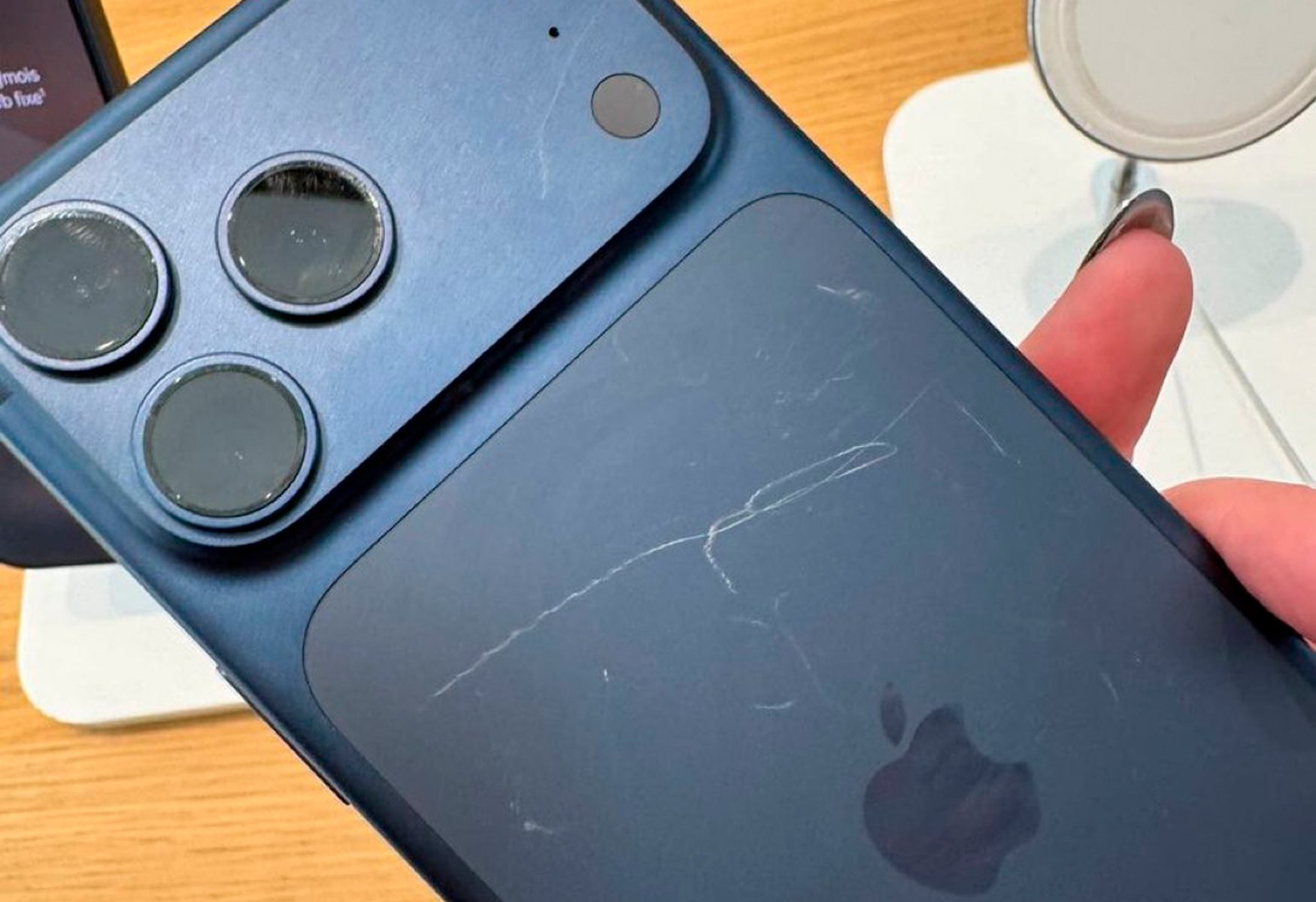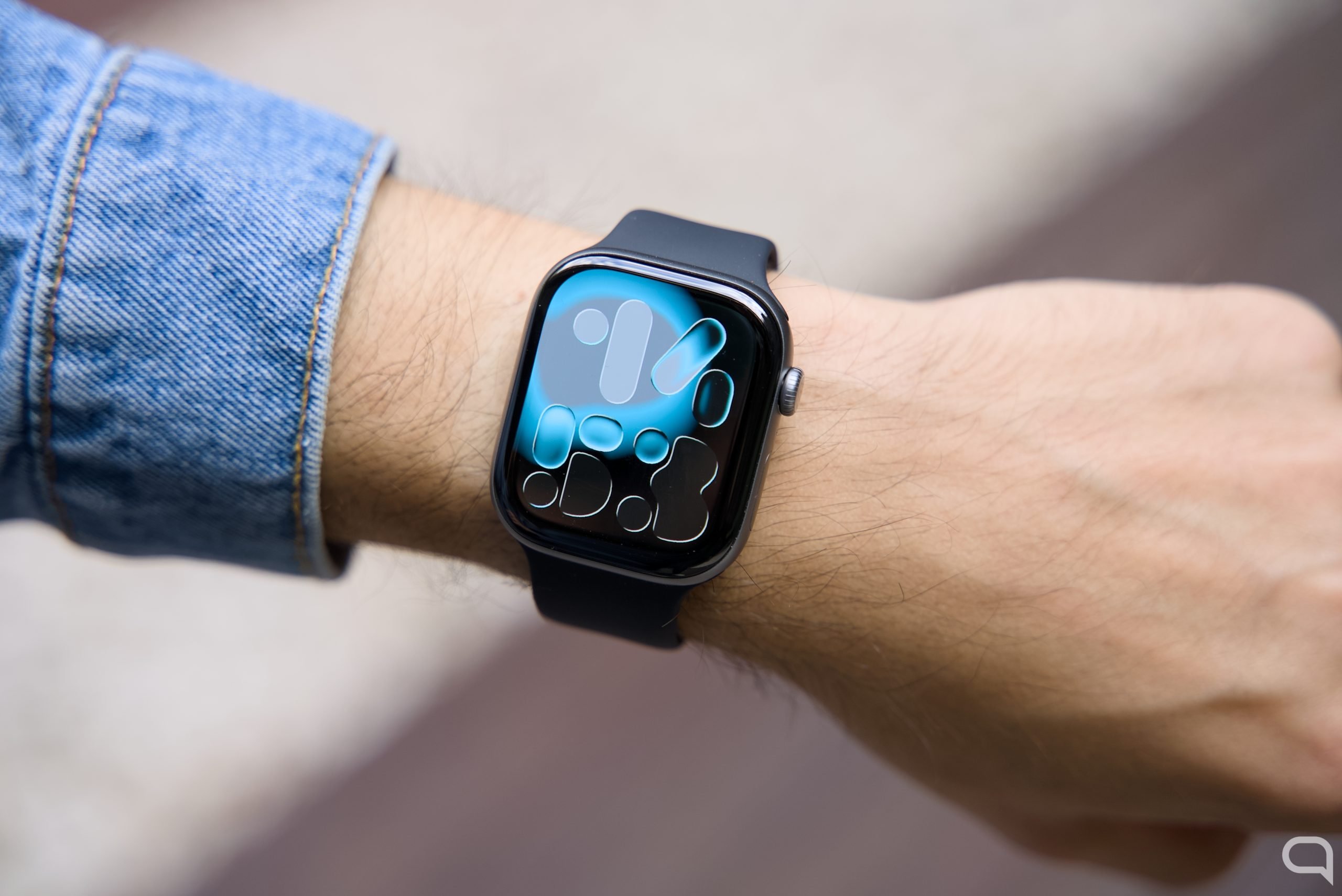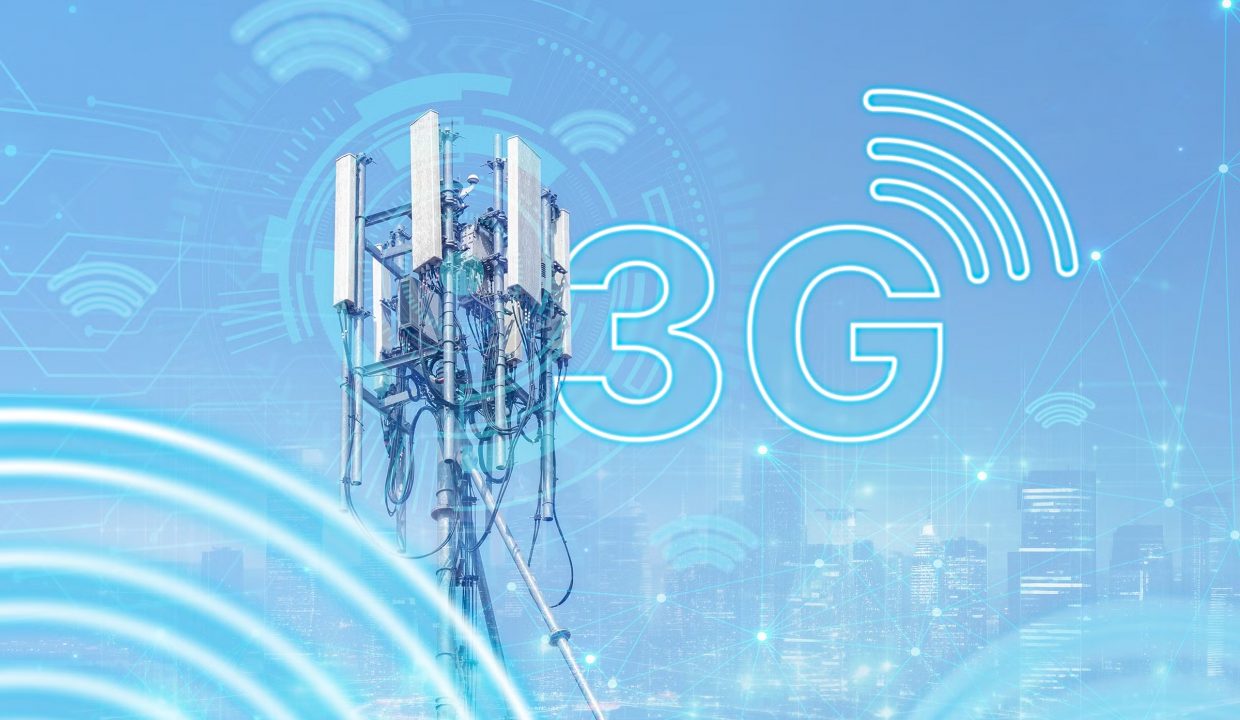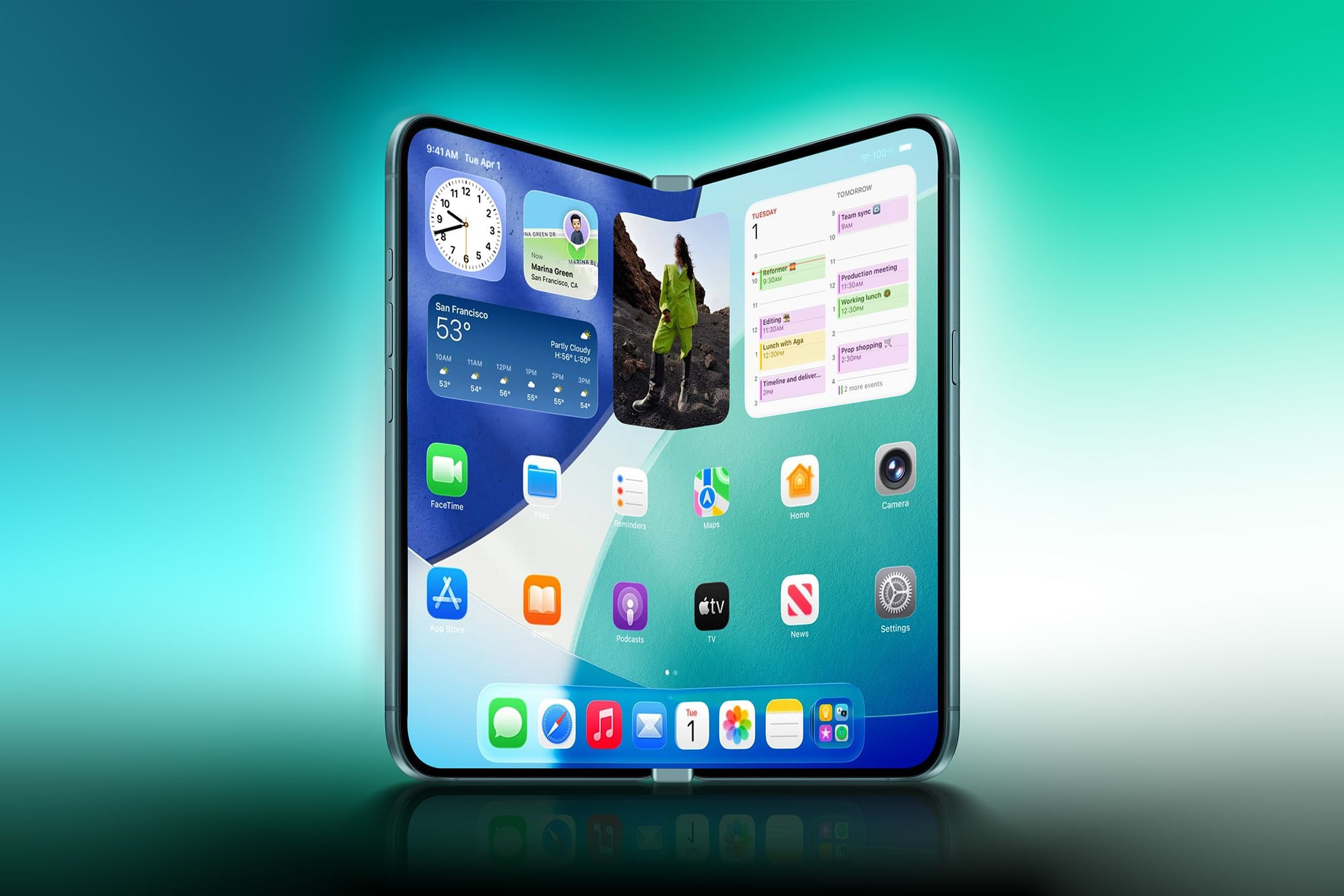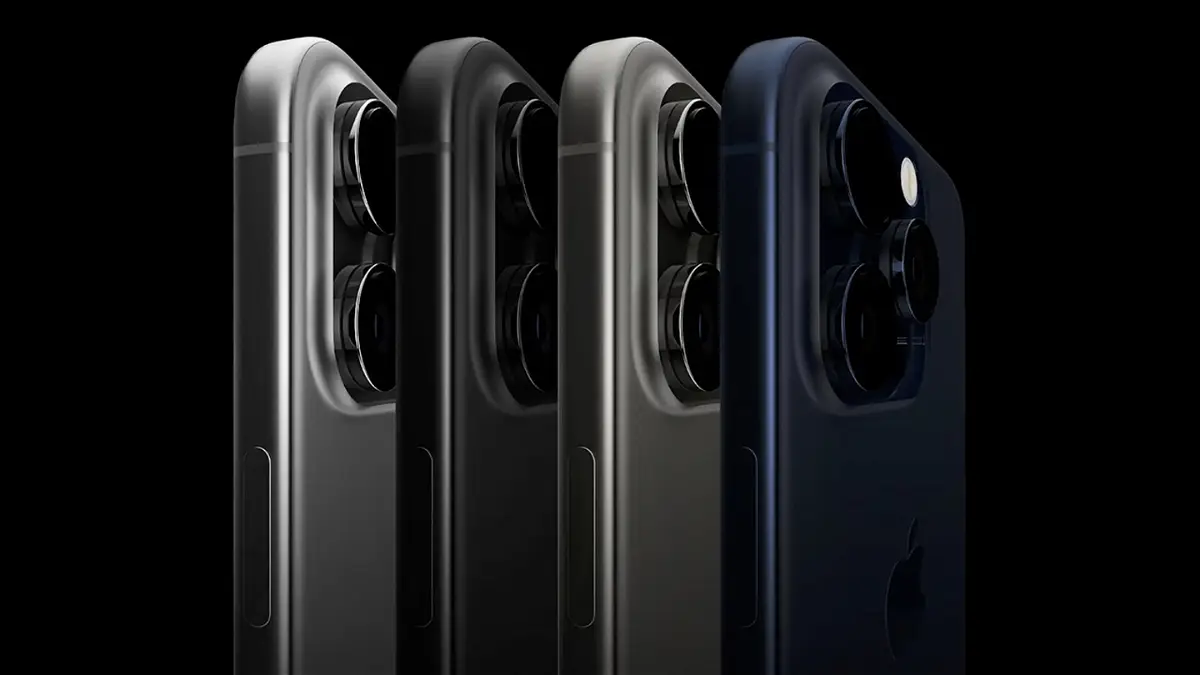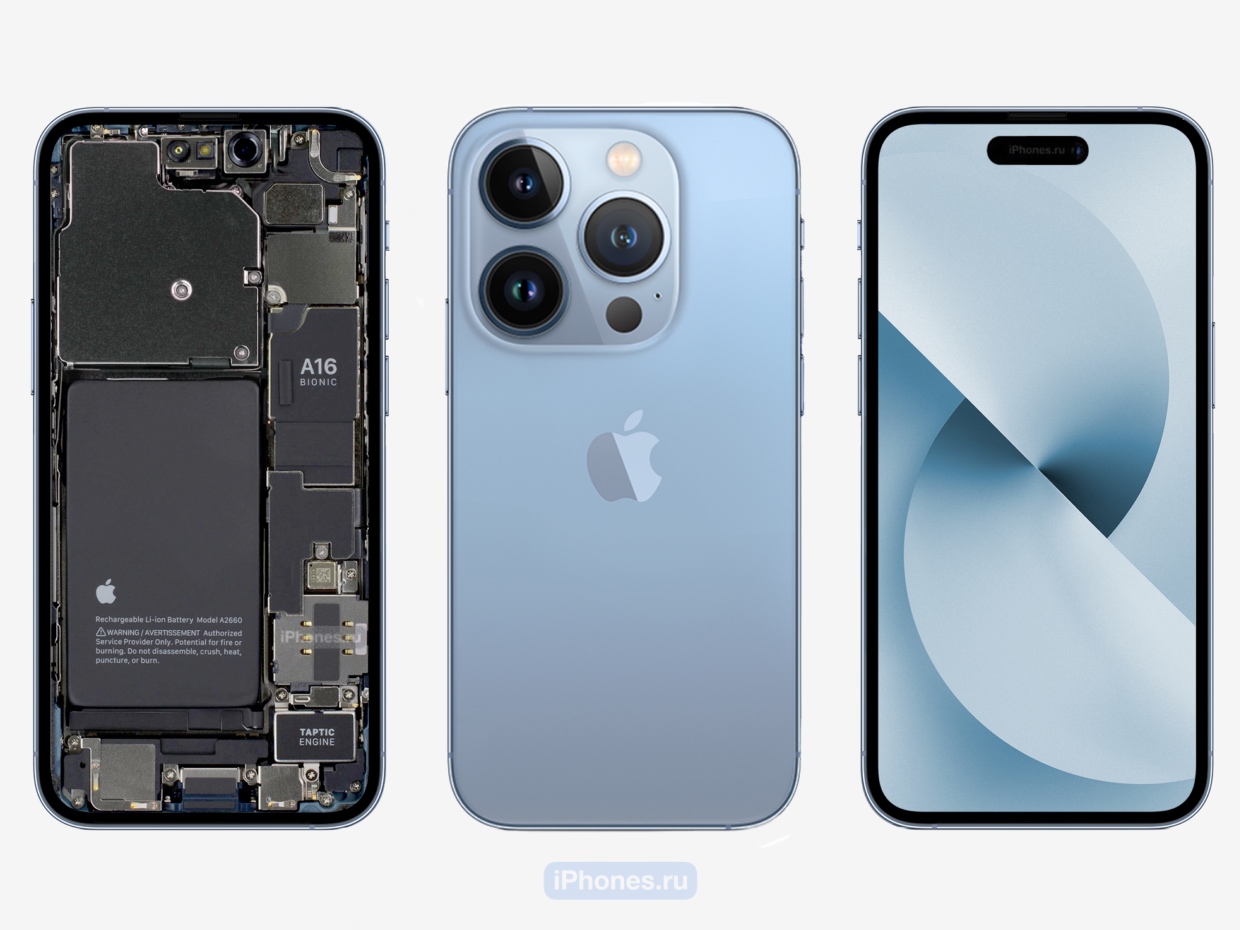The key to survival of the device is competent resource management and regular updates. Curiosity receives energy from the MMRTG radioisotop generator working on plutonium granules.
Over time, they produce less energy, so that NASA engineers began to control consumption.
The team learned to combine tasks: for example, send data to orbit during the movement or operation of the manipulator. This allows the brand to finish tasks earlier and enter sleep mode for charging.
For 13 years, the device also received software updates. NASA, by optimizing movement and drilling algorithms, reducing the wear of the wheels.
Thanks to these measures, curiosity continues to perform scientific tasks: searching for organics, analyzing the atmosphere, detecting water marks, and even methane emissions are a possible sign of life.
Source: Ferra
I am a professional journalist and content creator with extensive experience writing for news websites. I currently work as an author at Gadget Onus, where I specialize in covering hot news topics. My written pieces have been published on some of the biggest media outlets around the world, including The Guardian and BBC News.


